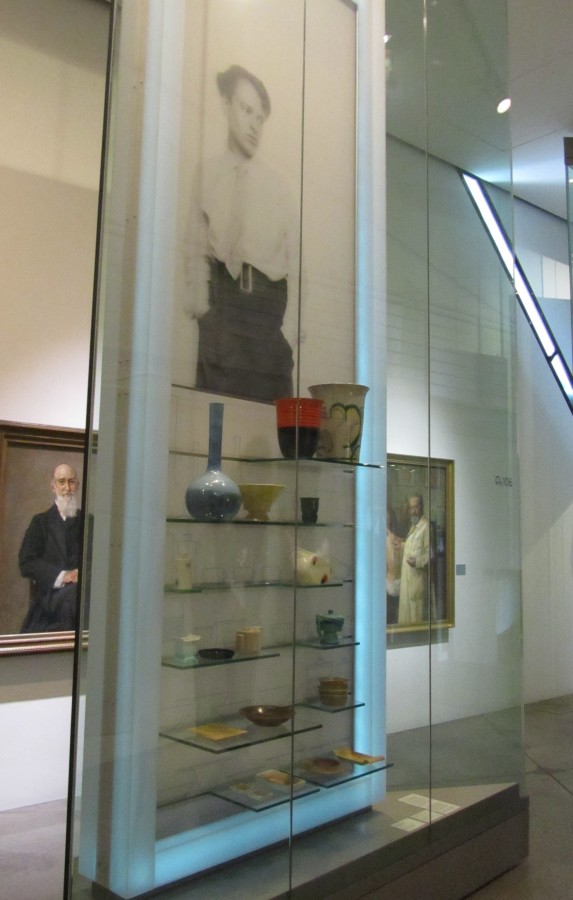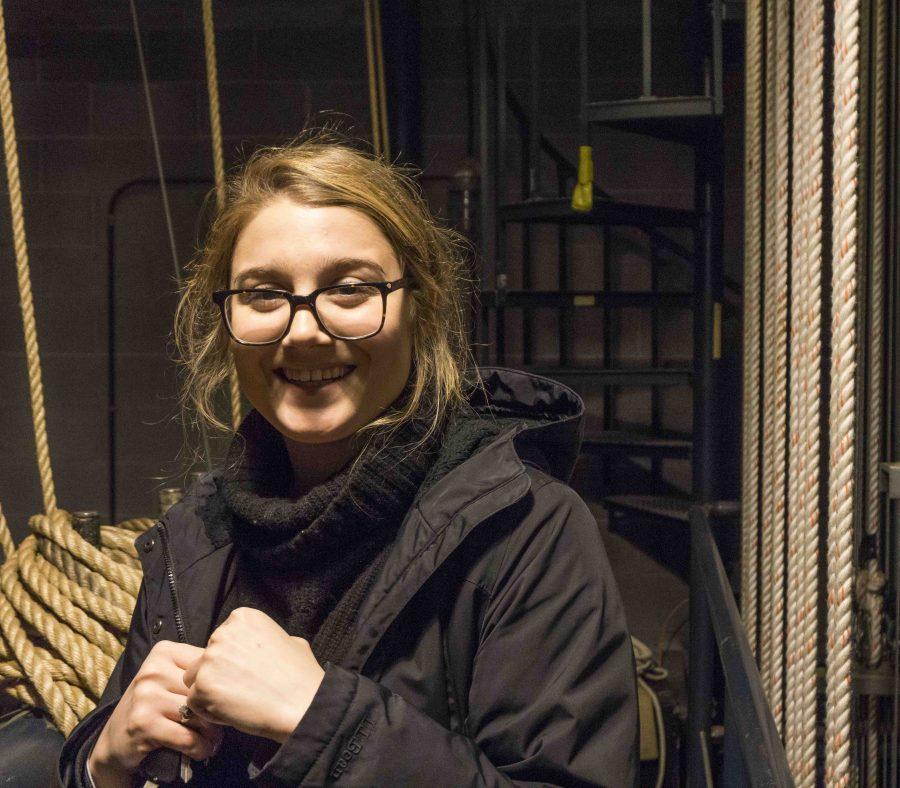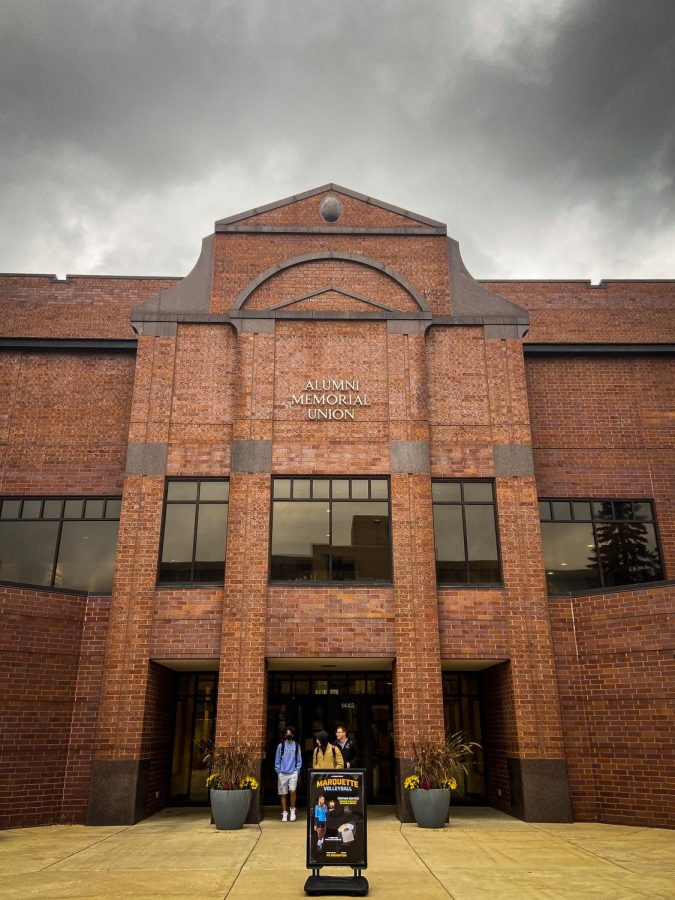
Striking artwork, an artist’s biographical journey and a story waiting to be told.
These are the features Mel Buchanan considers while designing an exhibition for the Milwaukee Art Museum. As the Mae E. Demmer assistant curator of 20th-century design, Buchanan works with several departments within the museum but spends most of her time coming up with ideas for exhibitions and then making them a reality.
“(Curators) are the gatekeepers to the process of artwork coming into the (museum’s) collection,” Buchanan said.
The ideas and inspiration for her exhibits ultimately come down to the stories of a certain piece of artwork or its artist. Once she finds an intriguing story, she travels the country – and sometimes the world – to view pieces relevant to her exhibit, a crucial part of the development process.
“To know anything about contemporary art, you can’t sit in Milwaukee and read about it on the Internet. You need to visit the galleries in New York and be at the big shows around the world,” Buchanan said. “To keep the high standards and high quality of artwork that the Milwaukee Art Museum and good professional institutions present, you have to know the object. You have to see it, and you have to do that in person.”
Traveling also leads to networking with other art institutions, which becomes valuable when curators are looking for art pieces to borrow to complete their own exhibitions.
Buchanan’s most recent exhibit, “Grete Marks: When Modern Was Degenerate,” is on display through the end of the year. It features a collection of ceramic teapots made by a Jewish woman living in Germany who was forced to stop working by Nazis during World War II. To learn more about Marks and her ceramics, Buchanan visited museums in Berlin and London, studying the artwork firsthand and making connections with other curators.
“Traveling to Europe and meeting curators meant that when I asked them to borrow a teapot, they said, ‘Oh yeah, that was Mel. She was here. She did her research. We’re going to try to help make this loan of a teapot go through,’” Buchanan said.
An entire exhibit typically takes at least two years to complete but can require up to 10 years of preparation depending on how much research is needed. The Grete Marks exhibition was completed in a relatively short time, but Buchanan can attest to the amount of intense research of the artwork.
“It (was) very much in the museum’s plan about a year and a half before the show happened,” Buchanan said. “But me? I had been working on that show for a couple of years before that, starting those really early stages of (asking) ‘Could this be an exhibition?’”
After years of preparation, the exhibit finally comes together during the art installation process when it is physically built at the museum. Buchanan calls this the highlight of creating an exhibition.
“It’s this magical two-week period where you shut down the galleries, so there’s a sense of mystery and drama,” Buchanan said. “(Then) the walls change color, and the artwork arrives from all over the world. You uncrate it, you meet it, you arrange it, and it all comes together. It’s very, very exciting.”
Visitors can see this sort of behind-the-scenes preparation and development in the museum’s Kohl’s Art Generation Lab exhibit, “Museum Inside Out.” The display contains interactive videos and activities that explain who works at the museum, how artwork is framed and kept in proper condition and how exhibitions are designed.
Even though her latest exhibition is complete, Buchanan’s work is never done. She is constantly thinking up ideas for future exhibitions that would interest museum visitors.
“We haven’t done a fashion exhibition at the museum for a long time,” Buchanan noted. “I think it would be beautiful, and I think the public of Milwaukee would really respond well to it. It’s a little hole that we haven’t done in a while.”
But if experience has taught her anything, Buchanan knows that if she wants her ideas to be displayed in the next few years, she needs to start the research process soon.
The museum may close every night, but there’s no rest for the curator.




